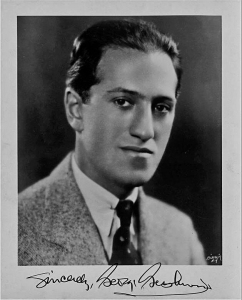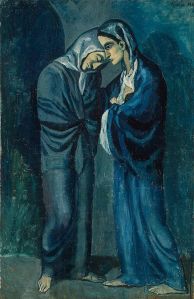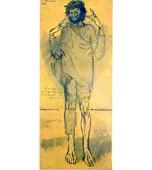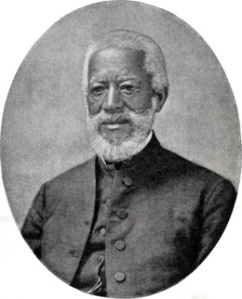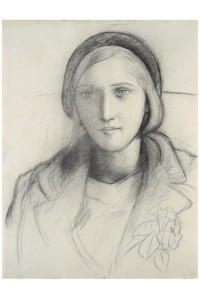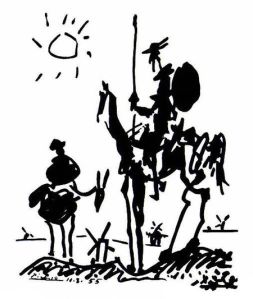
If I speak in the tongues of men and of angels, but have not love, I am a noisy gong or a clanging cymbal. And if I have prophetic powers, and understand all mysteries and all knowledge, and if I have all faith as to remove mountains but have not love, I gain nothing. Saint Paul’s First Letter to the Church at Corinth Chapter 13 verses 1-3. (RSV N.O. Annotated)
Recently a good friend and highly admired priest pronounced his blessing at the end of a noonday Mass using the phrase and “to those whom you are called to love.” That phrase “those who you are called to love” caught my ear immediately and started rattling around in my head and has continued to do so for the past few days like a bomb exploding in my head. I believe my padre friend has made a very important distinction to which we should all pay close attention.
At first one might think that those “whom you are called to love” are simply those who are closest to you whether by family relation, friendship, or romantic affiliation. But no, I don’t think so. We love our family and the objects of our passions automatically and naturally. But for those “whom we are called to love” we are called to love because of another set of commands which are not “of our own making” and are somewhat counter-intuitive. As has been pointed out ad nauseam we live in an age of all-encompassing narcissism and incessant sexual obsessiveness. We worship physical attractiveness and material success. We seek to satisfy self to the exclusion of seeking to satisfy community. As Professor Mark Edmundson of the University of Virginia points out in his book: Self and Soul a Defense of Ideals:[1]
In a culture that has become progressively more skeptical and materialistic, the desires of the individual self stand supreme… We spare little thought for the great ideals that once gave life meaning and worth.
As one review of this book points out Edmundson guides readers back to the ancient sources of the three great ideals: courage, contemplation, and compassion. Translated into Christian idiom we could call these principles spirit (the spirit to do what is right), prayer, and love.
So we are, according to the padre, called to love all men and women despite their likeableness, or lack thereof. To love is not the same as to like, he says, and loving the unlikeable is hard work. And we are called to especially love those in trouble, need, sorrow, sickness or any other adversity to use the Prayer Book language. The homeless, the sick, those in emotional distress are our care and delight however unlikeable we may find them to be. That is not to say we cannot love those we like. A result of this calling is that we actually begin liking those we once did not like because we now see them as people and not members of a classification. This call takes us out of our present culture and requires that we move beyond what is comfortable, what is socially acceptable, and what we might find self-fulfilling, at least at first.
This calling requires the application of another very familiar admonition from Saint Paul also found in his first letter to the Corinthian Church:
Love is patient and kind; love is not jealous or boastful; it is not arrogant and rude. Love does not demand its own way; it is not irritable or resentful, it does not rejoice at wrong, but rejoices in the right. Love bears all things, believes all things, hopes all things, endures all things. I Corinthians verses 4 – 7 (RSV NO Annotated)
However, self-fulfillment has a way of changing as we grow in the spirit and upon reaching a certain level we find ourselves taking great delight in stepping back and seeing our sacrifices bear fruit in others. Some of my most rewarding experiences have been making a sacrifice which benefits another directly in a way that they never know that the sacrifice was even made. Parents experience this all the time as they give up time and treasure for their children so as to see them prosper and thrive.
Loving all men and women regardless of who or what they are sounds a bit “impossible” and I must admit I fall far short of this ideal. In another post, I once related a story about myself and a friend who were confronted with the request of a homeless man for money. My friend employed the same tactic I have always used and that is to tell the homeless person that I simply have no money. But this time I was moved by a sermon just preached by a gifted cleric whose words echoed in my brain like a voice over in a motion picture. I yielded to the voice out of respect for my priest and gave the man the money. His reaction gave me so much pleasure and peace of mind that I realized what I had been missing all these years. Such moments call to mind the writings and sayings of such saints as Dame Julian of Norwich and Saint Augustine which emphasize that out primary delight is in our return to the creator from which we have come. Love of self and material fulfillment pale to insignificance compared to the peace and joy we experience when we move closer to God. Some weeks later I saw that same man at the homeless breakfast and we have since become fast friends. He is a truly remarkable man who I have come to like, as well as love.
More than likely we Christians will not be able to change the vast emphasis our culture places on self-gratification. However, we can change ourselves and seek to restore to our lives the great principles of courage, contemplation, and compassion or rather spirit, prayer and love. It will not be easy and it will definitely be hard work.
This brings us to a graphic illustration of one who employed these principles and cwas able to bring about great things. Saint Hildegard whose feast was yesterday September 17thwas a mystic, poet, composer, dramatist, doctor, and scientist. And it should be noted that she died in 1179. In those days women were to be “seen” and not “heard” or at least not heard very much. Hildegard knew that her work in all these areas would meet stiff implacable resistance and yet she put on the armor of God and sallied forth. In the end she became counsel and correspondent to kings, queens, abbots and abbesses, archbishops and popes.
From childhood she experienced dazzling spiritual visions. At 43 a voice commanded her to tell what she saw. She began an outpouring of extraordinarily original writings illustrated by unusual and wondrous illuminations. These works abound with feminine imagery of God and God’s creative activity.
In 1147 Bernard of Clairvaux recommended her first book of visions, Scivias, (which comes from the Latin phrase “Scito vias Domini which translates to English as know the ways of the lord) to Pope Eugenius III leading to papal authentication at the Synod of Trier.[2]
She carved out four preaching missions in northern Europe which at the time was unprecedented activity for a woman.
She practiced medicine, focusing on women’s needs, published treatises on natural science and philosophy, and wrote liturgical drama.
In her play titled The Play of the Virtues, virtues were personified and the actors playing each virtue sang their part. In contrast, the devil, who was condemned to live without music, could only speak his part. Hildegard believed that music was essential to worship.
Thus, despite the enormous challenge of living in a world accustomed to male governance Hildegard set about the hard work of converting that prejudice and converting her world through converting herself through the exercise of commanding spiritual authority based on her visions and her considerable political astuteness.
We should first open our hearts and minds to God. and his son Jesus letting him come in even if through a dream or vision. Then hold fast to that vision and begin the hard work of converting our lives to be governed by courage, contemplation, and compassion.
Art: 1955 Sketch by Pablo Picasso titled Don Quixote. This work is offered here to illustrate the countercultural nature of our quest to use courage, contemplation, and compassion as the foundation for our lives. Don Quixote was a figure from a Spanish novel by Miguel de Cervantes and it follows the adventures of a nameless hidalgo who reads so many chivalric romances that he loses his sanity and decides to set out to revive chivalry, undo wrongs, and bring justice to the world, under the name Don Quixote. (Text attributable to Wikipedia)
[1] Harvard University Press, Cambridge (2015).
[2] Scivias is an illustrated work by Hildegard von Bingen, completed in 1151 or 1152, describing 26 religious visions she experienced. It is the first of three works that she wrote describing her visions, the others being Liber vitae meritorum and De operatione Dei (also known as Liber divinorum operum). The title comes from the Latin phrase “Scito vias Domini” (“Know the Ways of the Lord”).The book is rather long – over 150,000 words, or what would be about 600 pages of printed text. The book is illustrated by 35 miniature illustrations, more than that are included in her two later books of visions. From Wikipedia .


